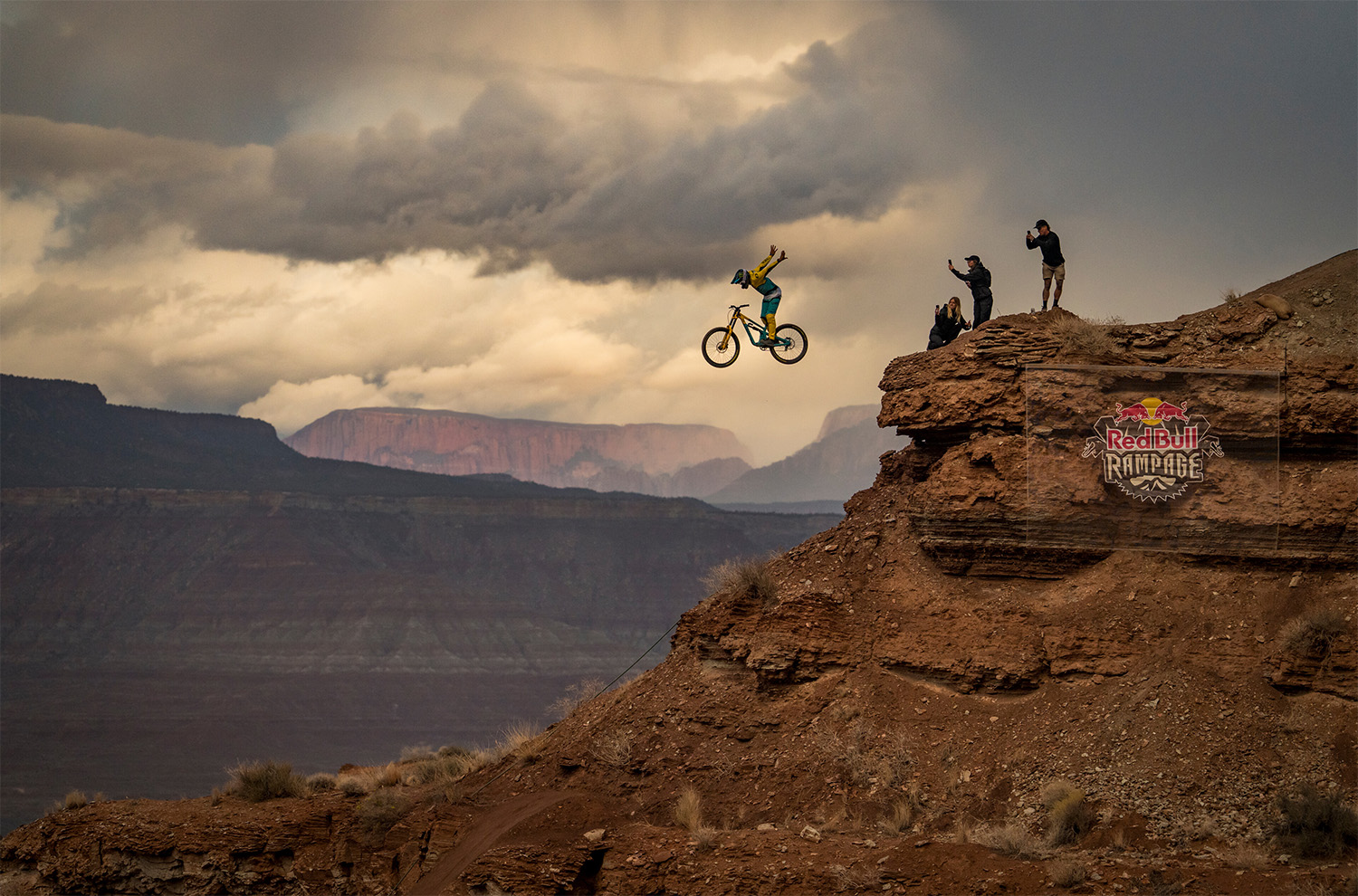
Intro
Like many of you, we have been thinking about and talking a lot about Red Bull Rampage over the past week. And given the number of athlete injuries — and the seriousness of some of those injuries — that occurred during practice sessions and during the competition, we ought to ask: has Rampage gone too far? Should it be shut down? Or modified? Or are injuries just a necessary part of what it takes to put on one of the most spectacular and truly mind-blowing sports events in the world?
In our Blister Newsletter Weekly Poll, this is how many of you weighed in:
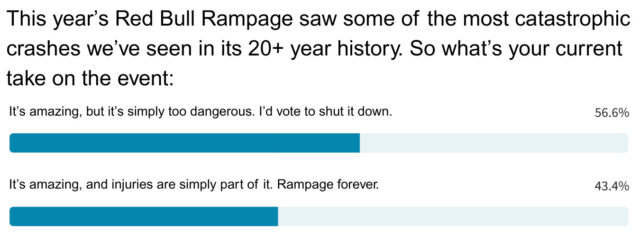
Now, in this edition of our ‘Debatable’ series, we asked several of our reviewers to offer their own thoughts on the future of Rampage:
Jonathan Ellsworth
I can easily make the argument that Rampage is the single greatest sporting event in the world. The riders are all basically superheroes, what they are doing on bicycles is otherworldly, and few other sporting events require the nerve and the courage to even drop in or walk onto the playing field or court. It’s truly incredible.
But…
The number of athlete injuries and the severity of the injuries that we just witnessed at Rampage … I’m not okay with it. Because I don’t think we can view this last Rampage event as just a fluke.
Rather, I think that, if nothing changes about the event, every single year going forward, we have to acknowledge that we could see as many injuries (or more), and the severity of the injuries could be similar — or even worse.
To be clear, I don’t — at all — believe that we should try to remove all risk from our lives. I’ve broken my neck backcountry skiing, broken ribs and bones mountain biking, and I almost died on a football field due to a freak accident. I still ski and mountain bike hundreds of days a year, and I still love football.
Football is a violent game, for sure. But it is extremely uncommon for athletes to get paralyzed — or die — on a football field. Broken bones and blown ligaments? Those are somewhat common, and I guess I’m okay with that.
But at Rampage, given the bravery, badassery, and skill of the riders who are committed to pushing things further and further, coupled with the gnarliness of the venue, paralysis and death seem like they are always in play. And I feel like I’d be lying to myself to say otherwise.
So apparently that’s where I personally draw the line: where there is a decent risk of broken bones and / or blown ligaments, I’m okay with that. But where there is a decent risk of paralysis or death … I’m not.
And at least with the current Rampage format, I currently lack the imagination to see how to reduce those risks for athletes. So given that, I’d have to vote to shut down the most spectacular sporting events in the world — unless and until modifications are made to the event that make it truly safer for the athletes.
Xan Marshland
Look, Rampage has my heart. The relatively unsanctioned nature of the event is like nothing else in mountain biking. Shutting it down or putting restrictions on amplitude, trick combos, or exposure is so antithetical to the spirit of Freeride that I’m not going to consider these options.
My answer? Go to an entirely new, fresh venue.
I fully recognize that a long list of risk factors – both human and natural – are at play when crashes happen. But if I were to point my finger at only one variable at this year’s Red Bull Rampage, it would absolutely be the venue.
It’s not that any aspect of Southern Utah’s landscape is categorically too dangerous for Freeride’s elite – it’s that it’s been packed and shoveled to oblivion. The pace of progression hasn’t slowed, but the terrain itself has hit a ceiling.
After multiple years on the same cliffs, the opportunity for genuinely new builds has become incredibly limited. So instead, we’re seeing bigger lips being added to the same cliffs and ridgelines. And most critically, we’re seeing more flips and sketchier trick combos.
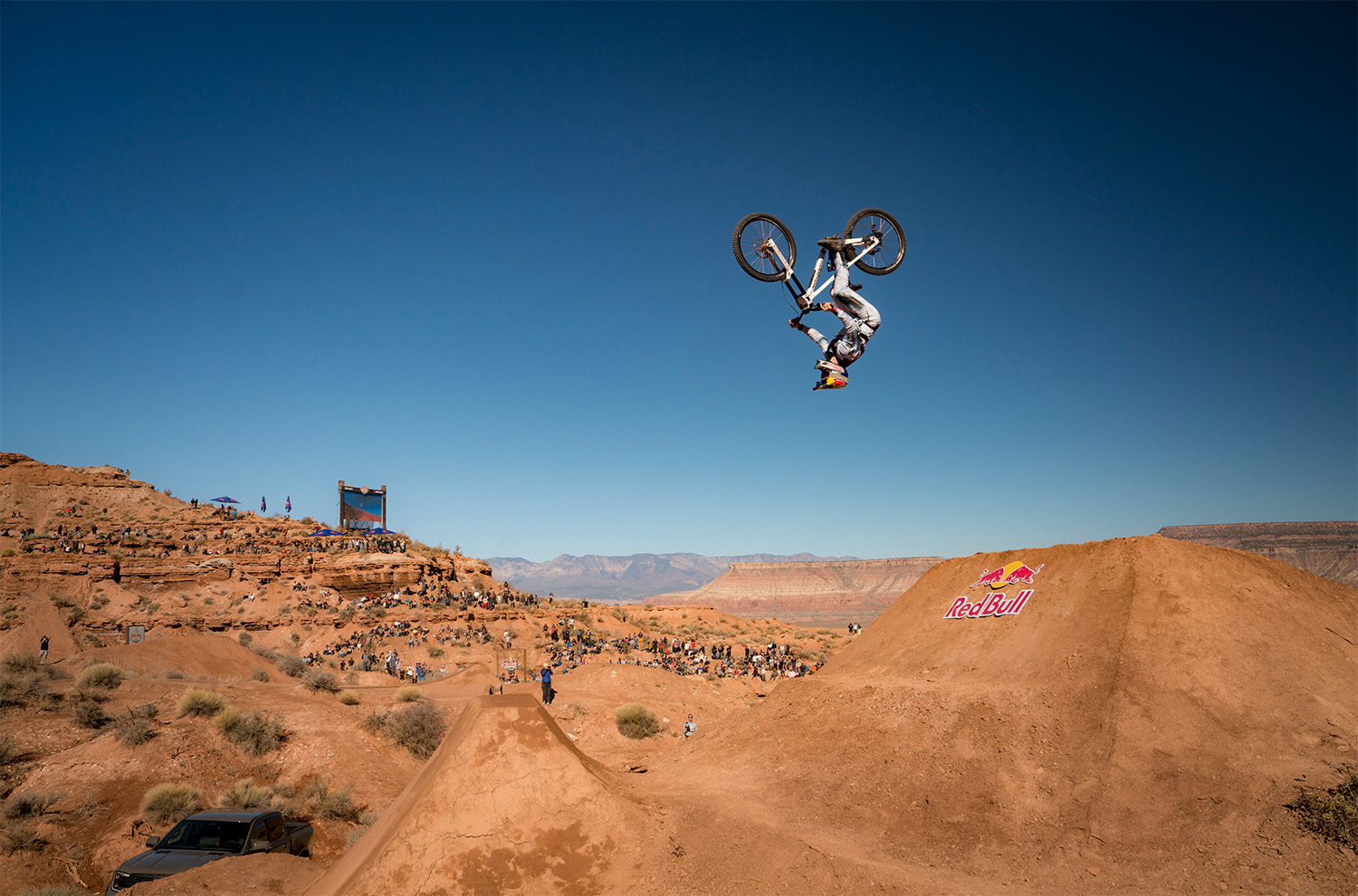
This outcome is only natural. If you have the same terrain on the menu year after year, the only way to remain competitive is to sneak in a tailwhip or an extra rotation – as was the case with Emil Johansson and Adolf Silva, respectively.
But if every athlete started with a clean slate, there would inevitably be a greater focus on creative lines and builds. And, the playing field would also become more level between rookies and veterans.
This will also eliminate the need for artificially imposing too many limits on the riders. The landscape will determine the limits, but just like the current event, sandbags and human-hours will put an adequate cap on what each build team can get done before comp day.
One final demand: This new venue can’t be anywhere that’s already being ridden heavily. Let’s go to Chile or the Gobi Desert. I don’t care if it’s inaccessible. The fresher the builds, the more the event will be able to emphasize creativity and novelty.
And if we don’t do this, I’m almost certain that the event’s organizers will be pigeonholed into putting arbitrary limits on an event that has long been defined by its lack of boundaries. Let’s keep athletes safer, incentivize creativity, and keep the spirit of Freeride alive.
Dylan Wood
This most recent Rampage was certainly the scariest in recent memory as far as big crashes and injuries go. Despite this, I don’t think it should be shut down.
Pushing the boundaries of such an extreme sport can often be ugly, but I also think the sport and event will correct itself. I’m confident that next year, the pendulum will swing back toward slightly more conservative decision-making. These riders obviously understand the risks of the sport, but at the end of the day, they want to be healthy enough to ride the event again next year. In such an event where competitor / rider input is taken very seriously, I believe that the athletes themselves will push for safer practices — among their fellow riders, and in terms of their own line choices and tricks.
Simon Stewart
I’ve been watching Rampage since the first one aired in 2001, and I remember how scared many of us were for the athletes in those early years. Each subsequent year, we would watch with a mix of excitement and trepidation. Those fears were realized when Paul Basagoitia sustained a spinal cord injury in 2015, leaving him paralyzed from the waist down.
However, since then, not only has the skill of the athletes progressed, so has the level of the build teams, resulting in what felt like to me, an overall safer event — I’ve been a lot less anxious while watching Rampage over the last few years. So I don’t know why the latest Rampage event had more athlete injuries than we’ve seen in recent years.
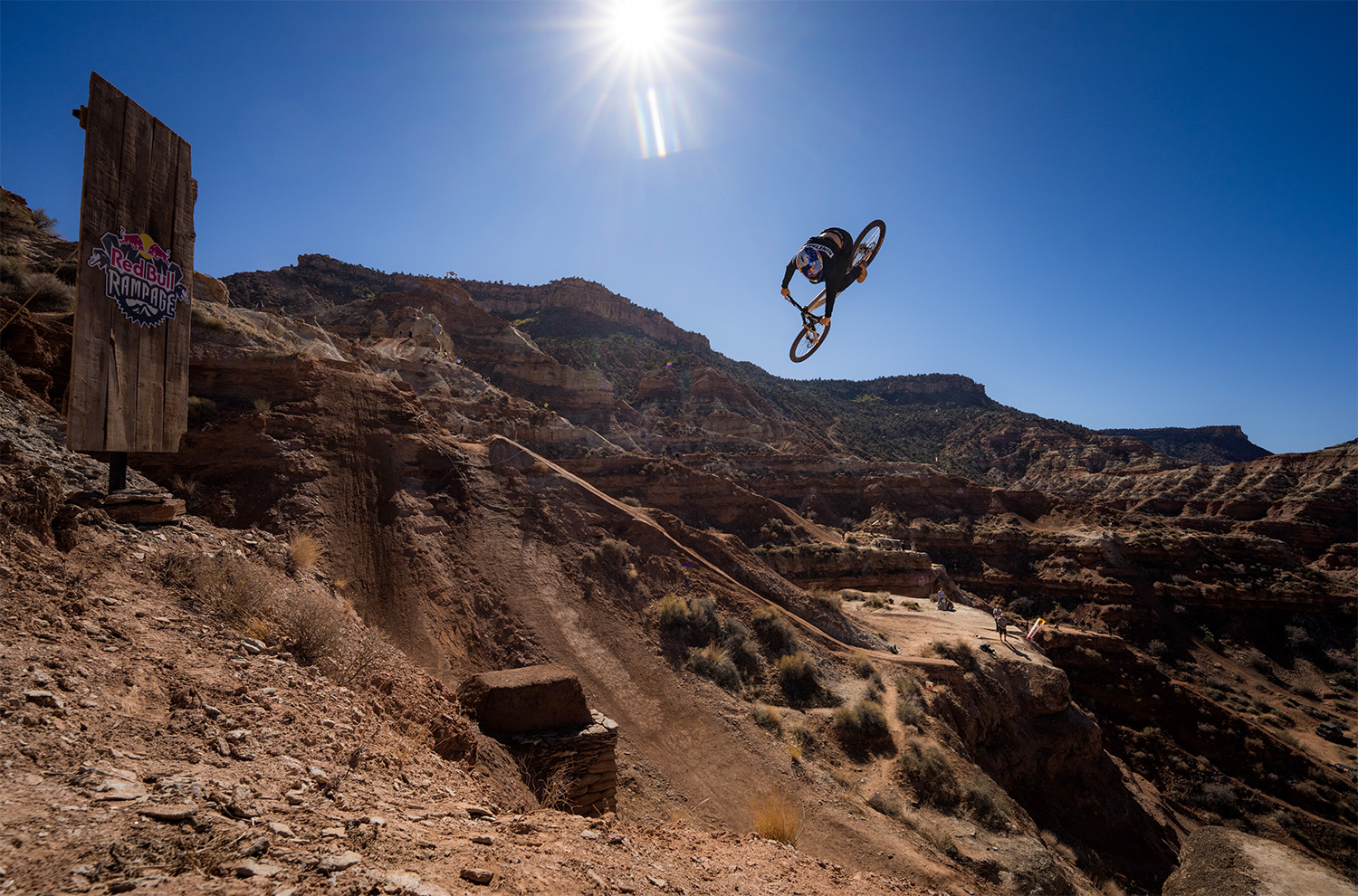
That said, I do wonder whether the organizers are paying close enough attention to concussion protocols? To be very clear, I don’t know what their protocols are; I’m just surprised by how many athletes had massive crashes, obviously hit their heads, and not only got up and finished their runs, but also continued competing. Adolf Silva, who had one of the most severe crashes, also had a gnarly practice crash where it looked like he hit his head really hard.
In short, I’m worried that athletes are competing in one of the highest-consequence sporting events in the world while concussed.
I don’t think Rampage has gone too far, nor do I think it should be shut down. But I question whether the medical side should be tightened up to better protect the athletes.
Zack Henderson
Rampage this year really took me on an emotional ride. It was so rad to watch the women send it in such spectacular fashion, and I think some of what we witnessed in the men’s runs were among the most impressive things I’ve ever seen done on a bicycle. But the injuries and crashes heavily tainted my experience of the event. I can’t help wondering whether we’re in new territory in the Progression-to-Risk ratio, and while I absolutely think Rampage should go on, I think there is room for some tweaks.
As the proud owner of the Rampage Retrospective box set, I grew up with an annual ritual of watching guys build and send seemingly impossible lines out in Virgin, UT. The recklessness on display in those early years was almost comedic, with plenty of riders attempting hopeless features and embracing the near certainty of getting bucked off the bike on impact, possibly breaking their bikes and their bodies. There were plenty of injuries (with a particularly memorable heli evac of a broken Cedric Gracia wearing a Superman outfit), but it all generally felt a little less consequential and heavy as compared to what we’ve been witnessing for the past couple of years, and especially this year.
The difference here is the amplitude of what’s now being done. We’re watching riders not just do gnarlier tricks, but do them on features that are 2-3 times the size of what was being attempted in the early days.
Furthermore, given that this is the only event that really matters each year for most of the competitors, you’ve got both an amazing recipe for progression and a scary game of one-upmanship. After all, when Rampage is the singular highlight-reel event each year that defines the sponsorship prospects and livelihoods for a lot of these riders, there’s a massive incentive to go full “checkers or wreckers” in pursuit of a win. So here’s my big idea:
Turn Rampage into a series.
My inspiration comes from being a big fan of World Cup Downhill, where making it through a whole season is arguably more important than a single flash-in-the-pan win. By adding even 1-2 additional venues to make a series, riders could not only get more exposure opportunities throughout the year, but also be incentivized to make it through a series of events, potentially reducing the risk exposure that they’re willing to tolerate at any one event.
This idea is not perfect. More events could mean more cumulative risk, not to mention the feasibility of having dig crews that can help build lines for each rider in new locations. While Virgin-based Rampage would always be the original and likely carry the most prestige, if the goal is to curb some of the injury rates and the “F— it, this is Rampage!!” mentality that I imagine weighs heavily in each rider’s risk tolerance, I think a Rampage series would be worth exploring.
David Golay
I’ve deliberately chosen not to watch Rampage live the last several years, specifically because of the risk of massive, life-altering injuries that I don’t want to witness. This year, I watched the replay of the women’s competition, but skipped the men’s after hearing about Adolf Silva’s truly horrifying-sounding crash.
I don’t see it as a principled moral stance or anything like that. I just don’t want to watch the kinds of injuries that are, frankly, inevitable over a long enough timeline, with riders going that big and taking on such sizable risks.
It’s easy for me to make that decision for myself. Deciding what to do about Rampage, as an event, is harder. There are clearly riders who want to be there — look no further than the entire women’s field fighting for years to get their rightful place in the competition — and there are riders out there going Rampage-scale huge without the big stage, or the acclaim and potential financial reward that comes with it.
But the competitive aspect of Rampage still changes the calculus. There are riders who build their entire season around the event, and the pressure that comes with that is immense — even if it’s not expressly stated by sponsors or anyone else. There’s a limited time window in which to drop; the pull to shape one’s line and run around what’s likely to score well; pressure for the riders to not only push their own limits but to outdo the rest of the field, and so on. All of that warps the decision making that leads to some of the most consequential moments of the riders’ lives.
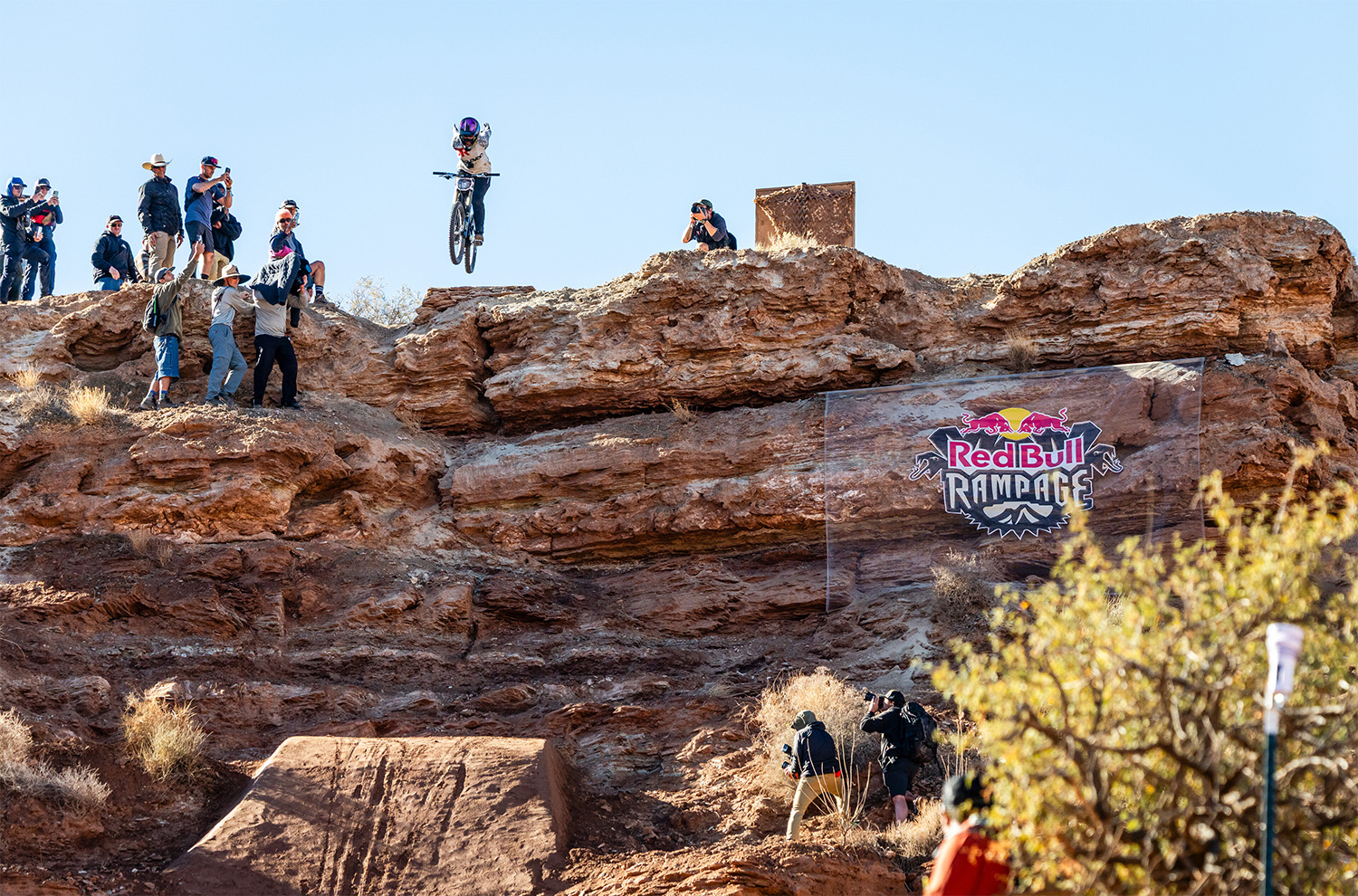
So, I’d like to see Rampage evolve into a Fest-style event, rather than continuing as a competition with just a couple runs determining the winners. The best riders in the world would still have a stage on which to showcase what they can do, just in an environment where the pressure to perform is ratcheted down a notch.
The riders could be afforded more time to build their lines, to only drop in when conditions are favorable, and to lose the “it’s now or never” mentality that the competition format imposes.
I also think those changes could make for a more interesting spectator experience. Riders would be free to build more creative lines without worrying about how a given feature or run would score. Some of the most memorable Rampage runs of yesteryear came from DH racers who charged down the mountain at pace, with relatively few tricks in their arsenal, and while those runs don’t score well these days, I’d love to see them make a return.
Dropping the competition format wouldn’t make the event safe, of course, but it strikes me as a realistic compromise between a status quo that feels increasingly untenable, and shutting down one of the biggest avenues for a set of world-class athletes to ply their trade.

It appears biking has reached the same inflection point that skiing did in the 2000s. At that time too many pro skiers lost their lives from pushing human limits on the snow. The sport transitioned to more artistic approaches for progressing the sport, as opposed to just going bigger on jumps and cliff drops. Perhaps biking will follow a similar path?
This event isn’t on it’s own on the risk scale. Isle of Mann TT has been going long and has many deaths. Some believe it’s crazy …. But not the riders.
Keep it but change it. Make it a mountain freeriding event again. You ride what’s there. No more sculpting with water. You ride the lines nature, and your creativity, gives you. Go back to those freeriding roots. I haven’t watched in years due to the fact that it is just another park style event in a prettier setting.
Keep it but no more flips, except maybe that last jump at the end which is reasonably tame.
Some of the riders didn’t wear back protection at all. Many did. Adolf Silva was wearing a $99 O’NEAL Split Chest Lite. Seems like there could be room for significant improvement. Better rules, new improved equipment, airbags (Dainese D-air in Moto GP),… Leatt has introduced some innovative protection based on medical research in the past (e.g. neck braces). I realize some of these would not work for freeride/ freestyle tricks but with Red Bull Money and the right minds I would imagine something suitable could be invented and maybe the rest of the mountain bike community could even benefit. In skiing there has been significant improvement in avalanche gear over the past years (airbags, SBX,…). All skiers on the Freeride WT wear backpacks. I imagine it would be better for spinning and flips not to, but that‘s not an option they are given. Seeing riders at Rampage showing their bare lower backs (Jaxon Riddle in moto kit), Adolph Silva’s pants falling down, or Finley Kirschenmann loosing his slip-on seems unnecessarily casual and inappropriate for an event like Rampage. It seems like a small sacrifice to make for RB to introduce some mandatory rules. And maybe it will lead to safety gear becoming a little cooler for the rest of us…
(and no, I‘m not calling for a rule on pant sizing…)
I agree with the takes in this article, but would add (unless I missed it) that going to a more vibes-based ranking will help keep riders from trying things that are too crazy.
If a rider knows a line gets them a certain point total, then needs to increase that for run 2, they have to try more dangerous tricks, simple as.
If things were just a ranking, somewhat like the knuckle-huck events at x-games, you could try to make a run more stylish/clean to increase your ranking without trying something more dangerous.
Or so I think. Generally though, I don’t think the event needs to be stopped, just that riders need to be given the space to be creative above being brave.
Well, it’s kinda Darwin at work, isn’t it? I don’t mean that in a condescending way………if you’re gonna jump off a cliff or a mountain with a bike (or a paraglider, or hang glider, etc…), or hit the megapipe on a mountain, or a triple in motoX one severe mistake (or poor decision, which this arguably was, rather than mistake) can kill you….. The fact that it’s in a competition format is kinda of irrelevant. Nobody is forcing these guys to do anything. If the risk taking results in cringe accidents that scare people away, then the organizers and profiteers will feel the impact of that…..